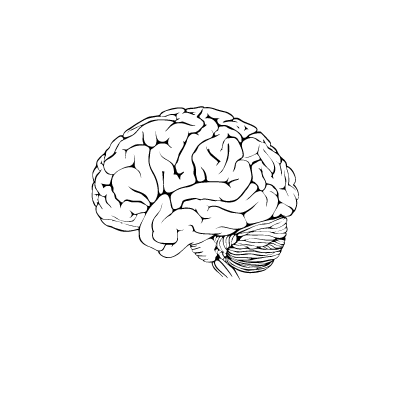Sometimes good habits need breaking too
- Dr Diane Harner
- Jan 31, 2017
- 4 min read

My family loves to watch “The Middle” on TV. Those of you who are familiar with the show will understand when I say that when it comes to reading, I channel my inner “Brick”. I find it difficult to stop reading. On the surface, it doesn’t seem like such a bad thing, reading is great, right? However even a good habit, can become an obstacle when it gets in the way of achieving other priorities.
The good habits we often get stuck in are usually ones that we derive some kind of reward from. Alternatively, we can also use them to rationalise out why we are not doing other less rewarding tasks. If we take my reading habit, for example, I tell myself that reading is healthy and an important part of life and work, so it is not so bad that I haven’t done my accounts or written that proposal if I am reading.
The Habit Loop
This is the Habit Loop. It is a neurological loop that your brain uses to manage your habits.

When we engage in a habit it is usually triggered by some sort of cue. For me, my cue to read is sitting down in front of my laptop with a cup of coffee in the morning. The routine is the behaviour that follows, ie opening up my LinkedIn and perusing through my feed to uncover all of the wonderful content that has been uploaded in the last 24hours. The reward that I get is that I am learning, I feel enriched and I am also doing an activity that I can successfully rationalise out as “working” to avoid other less pleasant tasks.
Habits are automatic behaviours that we do without really consciously thinking about it. However, in the infancy of every habit was a decision point, when we started to do a routine or behaviour following a certain cue, in order to receive a reward that we craved. If we want to change our habits we need to again make that decision to start a new routine in response to a cue. To do this we need to stop and take a look at our own habit loops.
Identify the parts of your habit loop?
The first step in changing any habit is to identify the individual parts of the habit loop. The easiest way to do this is to start with the behaviour that you want to change or replace, ie the routine. Changing the routine is the key to changing habits.
Figure out your trigger
The next step is to work backwards from the routine to what happened just before you started the routine. This is your trigger or cue. The trigger can be sometimes harder to figure because it can be subconscious. Maybe you are simply bored, maybe you are finding a task difficult, or perhaps you are feeling anxious because of an upcoming deadline. Other times it can be more tangible like putting the kettle on, or finishing a meal, or it could simply be a time of day. Identifying your trigger is a crucial step in interrupting your habit loop.
What do you crave?
The last step is to understand the reward that you are getting from completing the routine or behaviour. In his book “The Power of Habit”, Charles Duhigg talks about rewards in terms of cravings. Figuring out what it is that you are craving is key to understanding how you can effectively reward yourself, ensuring the reward is a healthy one. Sometimes we find we can keep the same reward in a habit loop but sometimes we need to change it if it is not ultimately serving us.
Change is hard, and you will feel like giving up
Making any behavioural change in our life is hard. Our brain purposely automates behaviours ie creates habits, in order to reserve our resources. It likes to strongly embed the pathways in our brain that are responsible for our habits so it doesn’t have to think about them. Whenever we ty to change these automatic behaviours our brain gets shirty and tries to talk us out of it. This is what the feeling of “wanting to give up” is. We feel like this because to create a new behaviour and a new pathway in our brain requires extra resources which our brain is trying to squirrel away for survival in tough times. When we feel like giving in to an old habit, this is our brain objecting to expending extra resource.
The secret is repetition and determination
Understanding your habit loop is a great start, then it takes focus and persistence in order to change habits. To learn anything new, the brain requires repetition until the new pathways become embedded and behaviour becomes automatic. When a new behaviour becomes automatic, it requires less resource and the brain calms down and stops putting up a fight. This is why it is important when you are trying to change a habit that you stick with it, even when it’s tough.
“Bad habits are easier to abandon today, than tomorrow” Proverb
























Comments